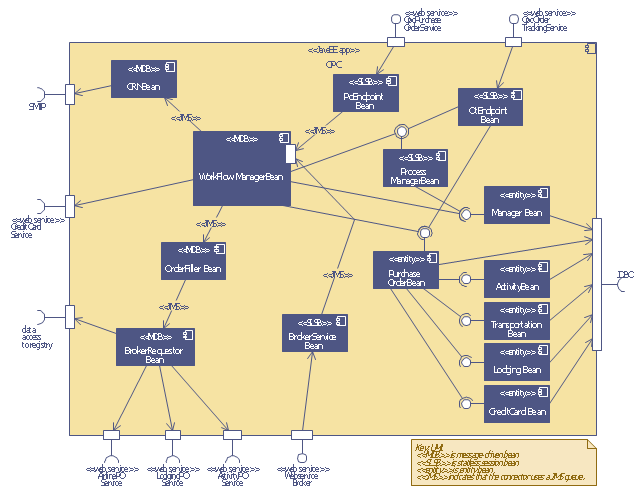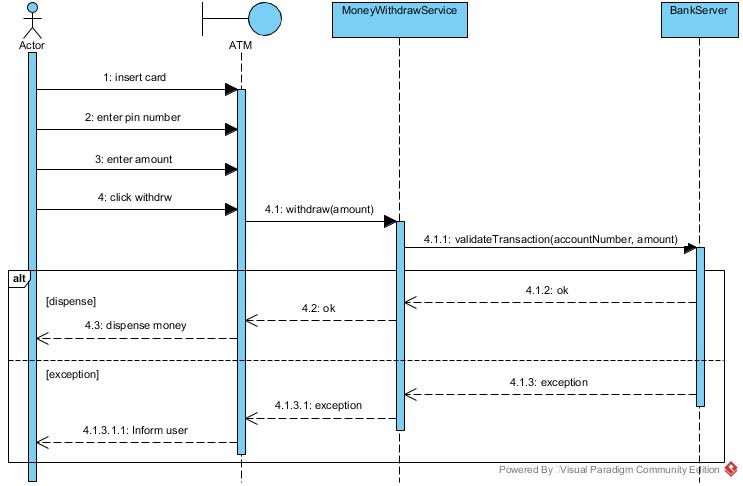

They are based on sound, proven software engineering principles that lead to diagrams that are easier to understand and work with. The Elements of UML 2.0 Style describes a collection of standards, conventions, and guidelines for creating effective UML diagrams .

Model a Return Value Only When You Need to Refer to It Elsewhere.Do Not Model a Return Value When it is Obvious What is Being Returned.Apply the Stereotype for Use Case Invocations.Messages to Classes are Implemented as Static Operations.Indicate Types as Parameter Placeholders.Use Prose for Messages Involving Human and Organization Actors.Apply Operation Signatures for Software Messages.Justify Message Names Beside the Arrowhead.Important: Naming conventions for operation signatures, guidelines that are pertinent to naming messages, parameters, and return values, are described in detail in Style Guidelines for UML Class Diagrams. Name Objects When Several of the Same Type Exist.Name Objects When You Refer To Them In Messages.In particular, naming conventions for classes and interfaces are described in Style Guidelines for UML Class Diagrams, for use cases in Style Guidelines for UML Use Case Diagrams, and for components in Style Guidelines for UML Component Diagrams.įigure 3. Important: Naming conventions for classifiers are described elsewhere. Place Proactive System Actors on the Left-Most Side of Your Diagram.Place Reactive System Actors on the Right-Most Side of Your Diagram.Place Human and Organization Actors On the Left-Most Side of Your Diagram.Include a Prose Description of the Logic.An Actor Can Have The Same Name as a Class.Name Classes Consistently With Your Class Diagrams.

Sequence diagram uml ordering system plus#
The logic of a usage scenario may be part of a use case, perhaps an alternate course one entire pass through a use case, such as the logic described by the basic course of action or a portion of the basic course of action plus one or more alternate scenarios or a pass through the logic contained in several use cases, for example a student enrolls in the university then immediately enrolls in three seminars. A usage scenario is exactly what its name indicates – the description of a potential way that your system is used. Validate and flesh out the logic of a usage scenario.UML sequence diagrams are typically used to: UML Sequence diagrams are a dynamic modeling technique, as are collaboration diagrams and activity diagrams.


 0 kommentar(er)
0 kommentar(er)
